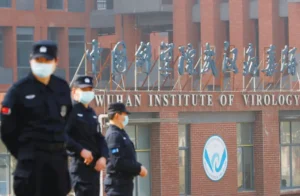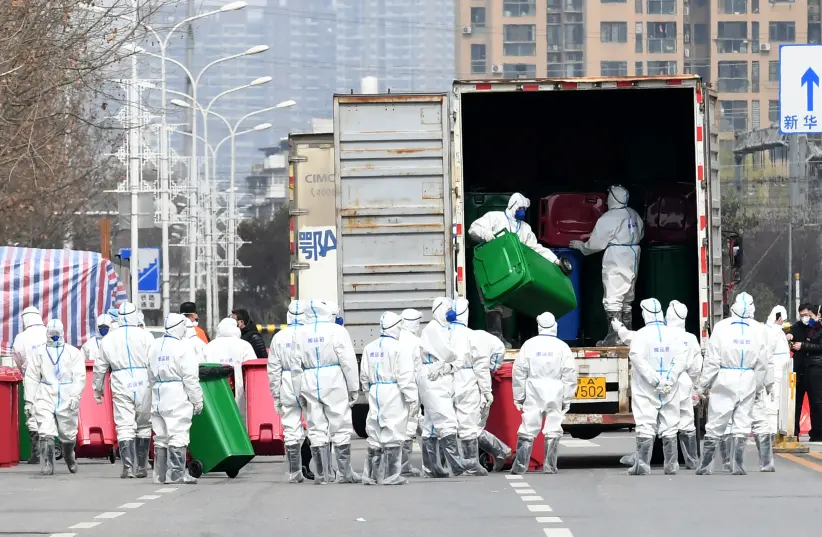Two new studies indicate that COVID-19 spilled over into people at Huanan Market from two separate zoonotic transmissions.

What was the proven origin of the horrific COVID-19 pandemic that has plagued mankind for more than two-and-a-half years and killed an estimated 6,380,000 people of all ages across the globe?
Despite the observation that most of the earliest known COVID-19 cases – that were flagged by hospitals in the Chinese city of Wuhan in December 2019 – were linked to produce in the Huanan market, researchers had been unable to establish what exact activities at this location were the trigger for the pandemic.
Did COVID-19 really spread to humans from animals?
However, seventeen researchers in the US and Europe have sought to locate the epicenter of the COVID-19 pandemic within an exact neighborhood rather than at a city level to help resolve the question of whether the origin was zoonotic and from animals sold in the market or not.
Two studies recently published in the prestigious journal Science – by ecology and evolutionary biology Prof. Michael Worobey and colleagues at the University of Arizona, and University of California at San Diego graduate student Jonathan Pekar and colleagues – claim to have reached a reliable answer.
The scientists concluded in the article entitled “The Huanan Seafood Wholesale Market in Wuhan was the early epicenter of the COVID-19 pandemic” that the virus was very likely present in live mammals sold at this market in late 2019. As a result, the researchers suggest the virus spilled over into people working or shopping there from two separate zoonotic transmissions, in which lineage A and B progenitor viruses were both circulating in wild mammals prior to their introduction into humans.

Tracing the origins of the pandemic
To test the hypothesis of the market as the pandemic’s epicenter, they obtained data from a range of sources. First, they used mapping tools to estimate the longitude and latitude locations of more than 150 of the earliest reported virus cases from December 2019, including those without reported direct links to the market.
They found that the highest density of these cases centered around the Huanan market. By mapping cases from January and February of 2020 using data from Weibo, a social media app that created a channel for people with Covid to seek medical help, the researchers identified cases in other parts of central Wuhan radiating from the market as the pandemic progressed.
Using social media data, the researchers performed analyses to rule out the many other locations in Wuhan, a city of 11 million, that would have been equally or more likely than the market to sustain the first cluster of a new respiratory pathogen.
In further analyses, they report that multiple plausible intermediate wildlife hosts of SARS-CoV-2 progenitor viruses were sold live at the Huanan market until at least November of 2019. Using and extending a data set on samples from surfaces in the market, they identified five stalls that were likely selling live or freshly butchered mammals – and showed that the proximity to such live mammal vendors predicted the development of human virus cases.
These findings indicate that it is unlikely COVID-19 circulated widely in humans before November 2019 and define the narrow window between when SARS-CoV-2 first jumped into humans and when the first cases of COVID-19 were reported.
Future work, the authors of the studies suggested, should be focused on better understanding events upstream of the introduction of COVID-19 to the market, including where the wild mammals for sale at Huanan came from. This research could help to lower the risk of future pandemics.
The studies were funded by several sources including the US National Institute of Allergy and Infectious Diseases of the National Institutes of Health.

